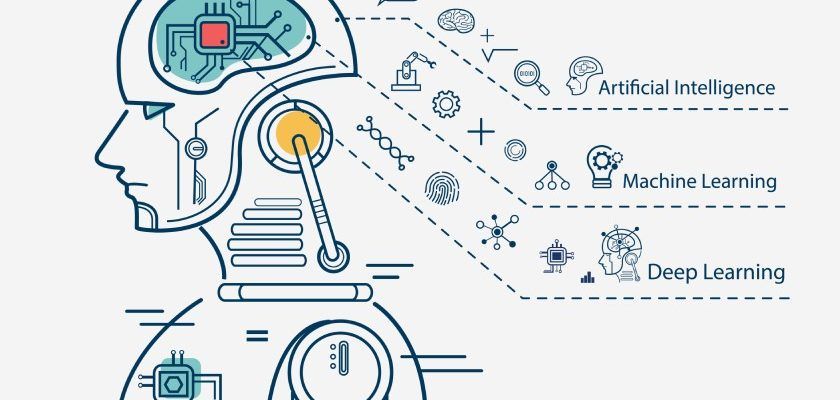Use cases for Machine learning
There are many use cases and business models for machine learning and deep learning: Processing of applications and verifying identity, drivers and passports as part of the automated verification process. Have a look at my blog n POC prototype for digital account opening using OCR.

There are many use cases and business models for machine learning and deep learning:
- Processing of applications and verifying identity, drivers and passports as part of the automated verification process. Have a look at my blog on POC prototype for digital account opening where I use Optical Character Recognition to identify ID's, driver's licences and passports).
- Medical diagnosis for the health industry is a good way to help people maintain healthy lives by diagnosing conditions early. Using wearable tech to gather a large amount of data, machine and deep learning are able to make predictions on current and future health issues and help people to make better decisions around lifestyle.
- Recommendation engines eg. Movie recommender system - Semantic similarity using a set of historical data of users to make recommendations on similar content leveraging Natural Language Processing).
- Computer vision in retail or e-commerce for shopping, self-driving cars, health industry medical imaging, cancer cell detection.
- Financial and insurance services for better decision making on loan applications, insurance risk, fraud detection and customer service.
What is Machine Learning?
Machine Learning learns from data points using algorithms to performs tasks and make accurate predictions. Within machine learning there are 3 main categories and various algorithms that can be applied:
- Supervised Learning - training data with right answers is used to train the computer to learn to predict correct answers to similar type of questions. eg. of a supervised learning algorithm include:
Regression - linear regression (simple & multi linear regression), boosted decision tree.
Classification - logistic regression, support vector machine, naive bayes.
2. Unsupervised Learning - does not learn from labeled data sets but rather attempts to find patterns from new unlabelled data to predict accurate results (labels). Unsupervised learning algos include:
KMeans clustering
Hierarchical clustering
3. Semi-supervised learning - distant supervision is required in the form of human intervention, so not fully independent as in unsupervised learning. A type of semi-supervised learning is reinforcement learning.
What is Deep Learning?
In deep learning a computer system is able to use unstructured data to analyse videos, texts, speech whereas machine learning is unable to extend itself to this level of complexity and requires structured data for training before it can make predictions. Deep learning aims to mimic the function and thinking patterns of the human brain by using neural networks to create a form of human intelligence. It does not require structured data but learns from pattern recognition through neural networks and therefore quality of the data is very important.
Deep learning (deep neural networks) is used for more complex tasks. The number of node layers and depth determine the type of neural network. The different type of neural network algorithms are:
- Convolutional Neural Network (CNN)
- Recurrent Neural Networks (RNNs)
- Long Short-Term Memory Networks (LSTMs)
- Stacked Auto-Encoders.
You can access an online course to learn more on machine learning and deep learning and its application. We can use various machine learning models to solve for a wide range of challenges but ultimately we need to experiment with user experience to gain higher adoption.
For more Follow me on Medium https://medium.com/@aveshnee7
